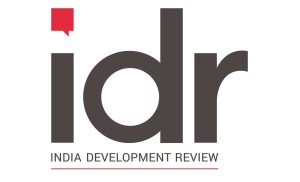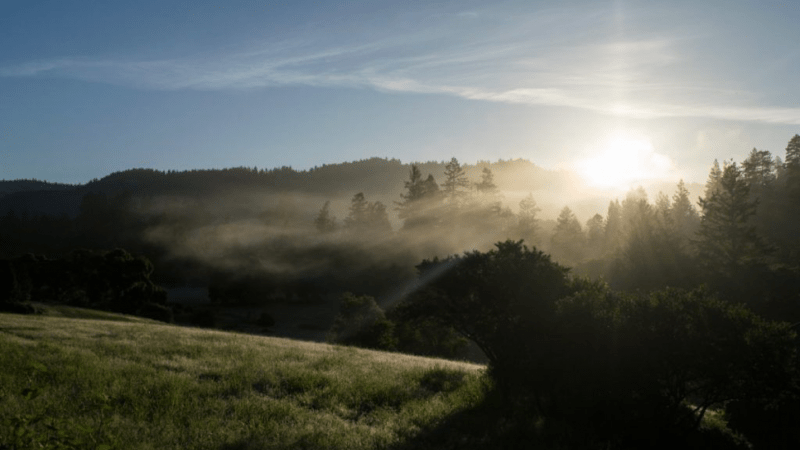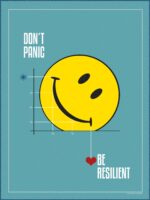This Funders Group Wants Philanthropy to Take the Lead on Nonprofit Worker Wellbeing This Funders Group Wants Philanthropy to Take the Lead on Nonprofit Worker Wellbeing

Words:
Wendy Paris
Journalist
Changemakers are burned out, as we’ve been hearing for the past few years. Now, leaders from a dozen philanthropies are tyring to make a difference through the Funders & Wellbeing Group (FWG), a learing collaborative launched in 20222 with the aim of increasing members’ own understanding of the connection between effective social change and the welfare of changemakers — and pushing philanthropy as a whole to take the concept of wellbeing more seriously.
The FWG is a program of the Wellbeing Project, a global nonprofit founded in 2015 by Ashoka Fellow Aaron Pereira in reaction to his own burnout. The Wellbeing Project has a staff of 35 and works to “normalize and create access to wellbeing in the social change sector,” according to its website. The project is focused not only on the West but also the Global South, where the toll on those in the helping professions can be even greater and access to support even more scarce.
Twelve organizations joined the first two-year cohort, with at least two participants from each group coming to meetings, including one from senior leadership. The current members include the group’s main funder, Robert H.N. Ho Family Foundation Global, as well as the Ford Foundation, Asian Venture Philanthropy Network, Laudes Foundation, Segal Family Foundation, Skoll Foundation, Imaginable Futures, Camelback Ventures, the Hewlett Foundation, Alana, the SHM Foundation and Global Fund for Children.
The FWG is a small program in the Wellbeing Project’s overall scope, operating on initial funding of about $70,000 from Robert H.N. Ho Family Foundation Global, and an annual fee of 5,000 euros per participant. Still, its creation points to philanthropy’s growing interest in bolstering the welfare of those working to make the world a better place.
Funders play an important role in the wellbeing of organizers and nonprofit workers, of course, given that philanthropic dollars often cover salaries and benefits. And a handful of funders, including the Durfee Foundation, support wellbeing-focused initiatives such as employee sabbaticals and other forms of worker care. The nonprofit Fund the People is also advocating for philanthropy to prioritize nonprofit workers’ wellbeing.
Still, the importance of wellbeing more generally remains largely overlooked, said Dana Preston, the Wellbeing Project’s development and partnership lead. “Wellbeing is underfunded because it’s not considered essential. It’s considered a ‘nice to have,’ ‘woo-woo,’ a luxury, hippy-dippy. We still have a way to go for wellbeing to be recognized as essential to lasting change.”
Putting wellbeing on the agenda
Preston said she runs up against a generalized dismissal of wellbeing in her development role at the project. One way she argues for its importance is by having funders experience it themselves. In her job at the Wellbeing Project, she does this by arranging outings, such a week-long “inner work” retreat. The Funders & Wellbeing Group is another such experience. “This is strategic for us,” she said. “If we can work with philanthropy to understand that wellbeing is essential, that will unlock funding for it and create momentum for changemakers.”
As of December 2022, the group had met four times and established goals, including implementing an action plan within their own organizations and collaborating with other group participants on the larger project of shifting philanthropic norms.
Bad habits take time to die
The FWG is also part of philanthropy’s critique of its own practices that replicate the negative power dynamics of capitalism. These include things like demanding, competitive RFP processes, exhaustive reporting requirements for even small grants, and chronic underfunding of nonprofits — all of which can compromise the wellbeing of nonprofit leaders, employees and the communities they serve, said Jessamyn Shams-Lau, co-chair of the FWG.
Moving beyond these practices is of immediate, practical importance. “We see a lot of nonprofit leaders burn out and leave. This is not only ethically wrong, but also illogical from the perspective of longevity,” said Shams-Lau. “Their ability to stay engaged in this work means we will not lose the knowledge and wisdom they built up over the years.”
















































